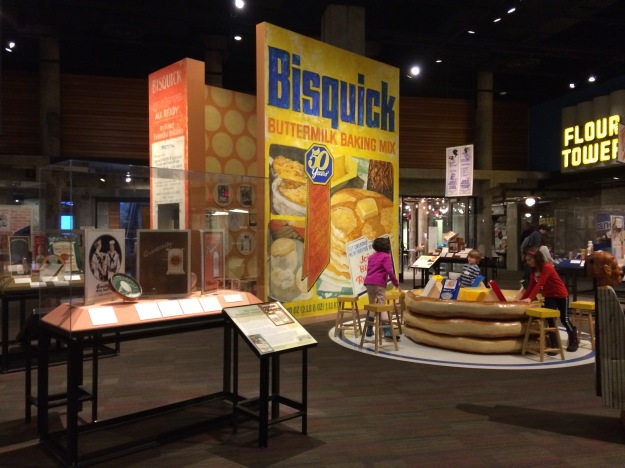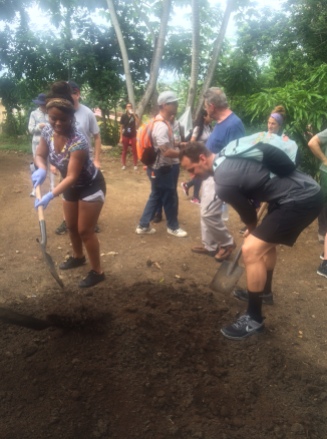
We wish we could be here in Domes Beach in Rincón, Puerto Rico. Credit: Discover Puerto Rico
In March 2020, probably our day-to-day travels involve going to and from the kitchen, the living room, the bedroom or heck even to the bathroom. Getting out for a walk or run or to the grocery store seems like an excursion in itself.
This weekend, March 27 through March 29, 2020, Discover Puerto Rico is going to take you further than that albeit virtually. On each night, the island’s tourism board will be broadcasting presentations involving culture and cuisine to at least give a break from Netflix for a while.
Here’s the lineup:

Practice salsa dancing with Tito Ortos and Tamara Livolsi. Credit: Tito Ortos and Tamara Livolsi
Salsa Lesson on Friday, March 27, from 8 p.m. to 9 p.m. EST
The salsa lesson will kick-off with a brief overview of basic salsa steps from notable salsa dancers, Tito Ortos and Tamara Livolsi, and turn into a salsa dance party from the comfort of your home
To participate, log into Zoom, a virtual meeting space, for free. Use the link https://zoom.us/j/293759126 (type in the Meeting ID, #293-759-126) at 8 p.m. EST.
All you need is an internet connection and a webcam to show off your best moves to other participants. No experience is necessary.
Tito Ortos, director of the San Juan City Salsa Dance Program, participates with Tamara Livolsi every year in congresses around the world. They both work as judges for the World Salsa Summit, Euroson Latino and the World Salsa Championships.

Puerto Rico is the birthplace of the Piña Colada. Credit: Jungle Bird Bar
Cocktail Making on Saturday, March 28, from 7 p.m. to 7:30 p.m. EST
Participants will not want to miss top bartender on the Island, Roberto Berdecia, co-owner of acclaimed La Factoría and Jungle Bird, serve up one of his favorites.
To participate, join via Instagram Live at @discoverpuertorico, the tourism board’s Instagram account.
La Factoría in Old San Juan is celebrating its fifth year as one of the “World’s 50 Best Bars” and is featured in the music video of the hit song, Despacito. The bar offers incredible cocktails harnessing local flavors, some of the best hospitality on the island.

Learn Puerto Rican recipes from Chef Wilo Benet. Credit: Kroma Brand We Build
Cooking Class on Sunday, March 29, from 7 p.m. to 7:30 p.m. EST
Chef Wilo Benet, who has been credited with redefining Puerto Rican cuisine, and in that process, has put the island’s flavors on the global map, will walk viewers through one of his favorite dishes can be easily whipped up from your home kitchen.
To participate, join via Instagram Live at @discoverpuertorico.
Chef Benet defines his culinary style as contemporary global cuisine, a concept that combines traditional Puerto Rican ingredients with Japanese, Chinese, Thai, Spanish, Italian, French and Arab influences.


























































